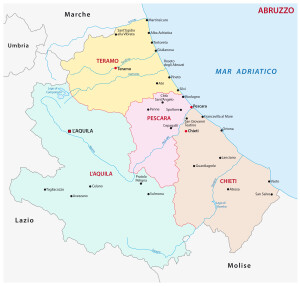The EU has spoken, and—as of February 2024—it has granted its approval for a new appellation for Spanish wine: the Campo de Calatrava DO (Denominación de Origen).
Wine has been produced in the Campo de Calatrava area—located in the Ciudad Real province within the autonomía of the Castilla-La Mancha—since the Bronze Age. In modern times, the wines of the area have been bottled under the classification Vino de la Tierra-La Mancha (which covers the entire autonomía). At last count, there are eight commercial wineries in the region.
The Campo de Calatrava DO is located atop a unique geological feature known as the Campo de Calatrava Volcanic Field (La Región Volcánica del Campo de Calatrava). The region contains over 300 individual volcanic landforms, including lava domes, pyroclastic cones, and low-relief volcanic craters known as maars. While the area is believed to be dormant—the last known volcanic eruption dates to 3.600 BCE—the area contains the most significantly volcanic soils in the Iberian Peninsula. Topsoil is dark and stony, aiding in heat retention and drainage.
The Campo de Calatrava DO allows for a long list of wines styles to be produced. These include dry white, red, and rosé wines, quality sparkling wine, and sweet (late harvest) wines.
The list of allowed grape varieties is long and varied—and quite similar to those found in the nearby DOs of La Mancha and Valdepeñas.
- Approved red grapes include Bobal, Cabernet Franc, Cabernet Sauvignon, Garnacha (Tinto), Graciano, Malbec, Merlot, Petit Verdot, Syrah, and Tempranillo.
- Approved white grapes include Airén, Albariño, Chardonnay, Gewürztraminer, Macabeo (Viura), Moscatel de Alejandría, Moscatel de Grano Menudo, Riesling, Sauvignon Blanc, Verdejo, and Viognier,
We will post a map as soon as the newly crafted DO creates one.
Welcome to the world, Campo de Calatrava DO!
References/for more information:
- Pliego de Condiciones-Campo de Calatrava DO (English)
- Pliego de Condicones-Campo de Calatrava DO-SPANISH
- Commission Implementing Decision Campo de Calatrava DO
- https://volcano.si.edu/volcano.cfm?vn=210040
Post authored by Jane A. Nickles…your blog administrator: jnickles@societyofwineeducators.org















